
Cam lean is one of the most discussed, debated and argued topics across archers when talking about bow tuning and its effects. There are many different approaches to addressing cam lean. Some choose to ignore it or pretend it does not exist, while some utilize it as a tuning tool. The reality is that it does exist in varying degrees on every compound bow and should be understood by anyone who wants to get a more precise shot.

What is cam lean?
Cam lean is the difference in angle from the plane of the cam to the vertical plane of the bow. In cars, it would be similar to the camber of the wheels. Imagine looking at the back of a car with 4 passengers inside, two on the driver’s side and two on the passenger side, and they all weigh about the same weight. One would expect the car’s stance to be level and flat. Now what would happen if all the passengers move to the right side of the car? The car would now sit lower on the right side than the left. This is the same thing that happens when the string and cable tensions change throughout the draw of the bow. When either the strings or cables are more compressed than their counterpart, the cam will lean. Some compound bows will have greater degrees of cam lean than others due to the different types of cam systems on today’s bows.
Why does cam lean exist?
There are a number of factors that can contribute to, and/or generate cam lean. The primary reason cam lean exists it because of the variation in loading on the axle throughout the draw cycle. When a bow is drawn the limbs are being flexed and building energy, and as the draw weight climbs and falls into the let off, the tensions on the strings and cables change. At full draw, the string has very little tension and the cables have their maximum amount, while a rested bow has little tension in the cables and a lot of tension in the strings. This change in tension throughout the draw cycle will force the axle and cam to change its position relative to the bows vertical plane.
Other factors that can influence cam lean would be the limb deflections from one side of the cam to the other. If the cable side limb is stiffer than the string side it can influence the lean of the cam (or vice versa). The position of the cam (left and right) will also determine the lean of the cam. This goes back to the position of the weight or tension on the axle. On a right handed bow, moving the cam to the right will cause the cam to lean away from the cables, and moving the cam to the left will cause the cam to lean towards the cables. Most modern bows use spacers to locate the position of the cams on the axle, which can be adjusted to change the lean of the bow.
What do I do about cam lean?
Cam lean should only be adjusted by an authorized, trained technician. Shooting a bow with excessive cam lean could result is string derailment and potential injury.
As an archer, you should accept that your bow’s cams will not be perfectly straight at both brace and full draw. Cam lean can be used as a powerful tool to help get the most forgiving, well-tuned bow possible. Arrow flight can be affected by many different factors including grip position, face pressure on the string, arrow selection, rest position and type.
We will commonly see that different grip styles will have a different effect on the flight of the arrow due to uneven pressure on both sides of the bow. Someone who applies more pressure on the thumb side of the grip will get a different paper or bare shaft tune then someone who uses less. For this reason, one archer may get a perfect bullet hole while another will get a right tear. Often with more experienced archers who do not want to change their grip, adjusting the lean of the cam will help balance out the pressure put on the bow by a specific grip.
The bow must really be tuned to the individual archers shooting style. Personally, my bows will tune the best with an equal amount of static lean at brace as there is at full draw. This means that my cams are slightly leaning toward the cables at the brace height position, and slightly leaning away from the cables at full draw. I am not concerned about the exact setting as long as I am getting the arrow flight I need. I want to give the bow what it needs to be the most forgiving setup possible.
For a right-handed shooter if you are fighting a left tear, and you have exhausted other tuning techniques (rest position, cable position etc.), then moving your cams to the left slightly will help clear up that tear. When making any cam position changes it is extremely important to start small and make sure the cams are tracking properly in between every adjustment. Again we advise that adjusting cam spacing should only be done by a trained bow technician.

How does cam lean effect shooting?
Cam lean should only be looked at as a “problem” when it is excessive and causing string tracking or wear issues. Determining what is considered “excessive” can be difficult when it comes to cam lean. If you can feel the cable popping into the module groove, or the string is not tracking into the string track groove, you may have excessive cam lean. Shooting a bow with excessive cam lean could cause the string to derail on the shot and pose a danger to the archer.
The position of your cams needs to be set to the position that helps balance any torque you are putting into the bow from your grip pressure of face pressure on the string. You may have noticed you can easily change the appearance of how the strings are tracking into the grooves by adjusting your grip on the bow. The angle of the cam will help offset the torque on the bow from the archer. This will show up in your tuning methods (paper, bare shaft, broadhead etc.) as poor arrow flight.
Cam lean is a characteristic of the compound bow that needs to be understood and utilized as a method of tuning. We ship every Elite bow with the cam lean set to a predetermined specification. This is the level we have found to be the most forgiving to get a bow to tune easily. If your grip style or other factors do not allow the bow to tune with that setting, then make a small adjustment and get back to shooting. Some people choose to look at cam lean like it’s a dirty word or it doesn’t exist, but in reality, they are missing an important characteristic of the tuning of their bow.


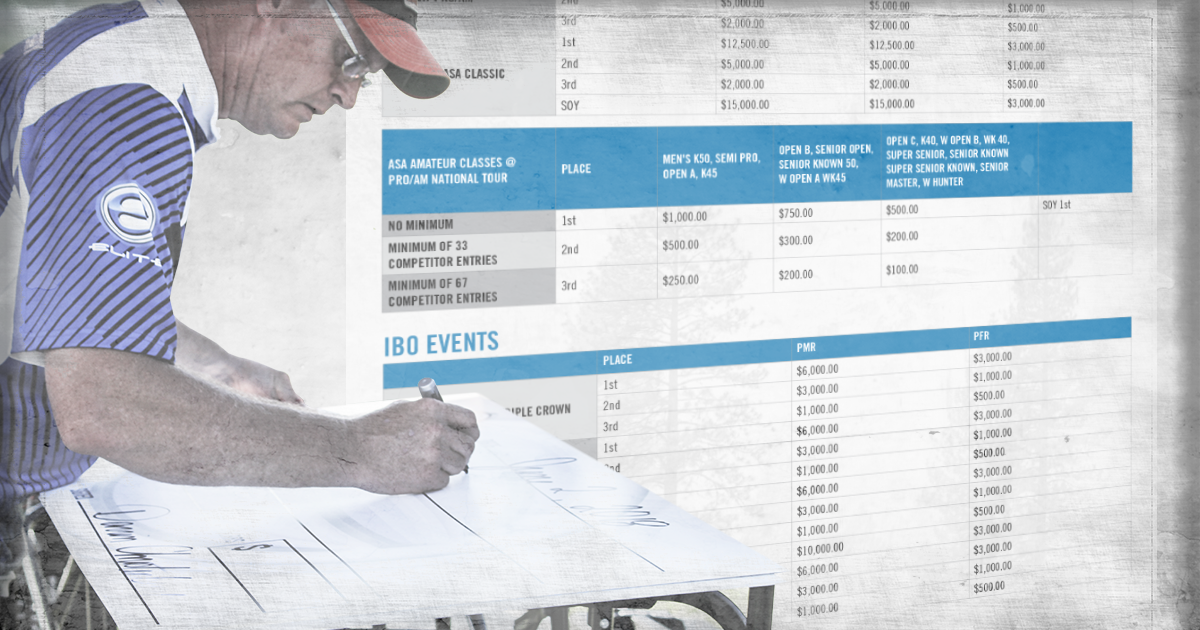
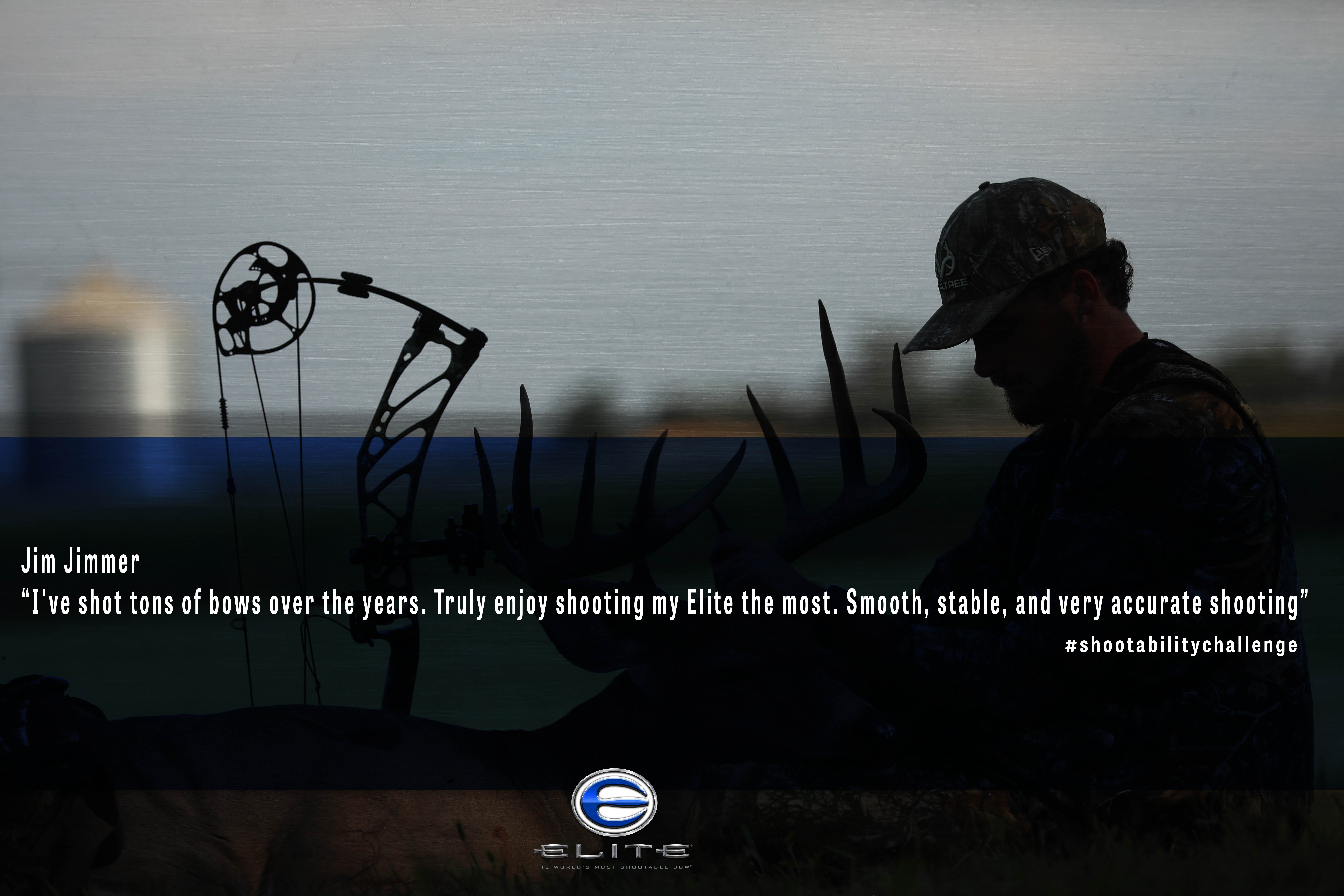
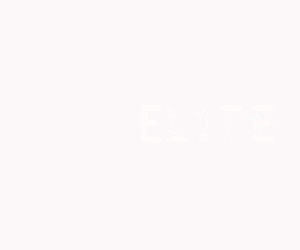
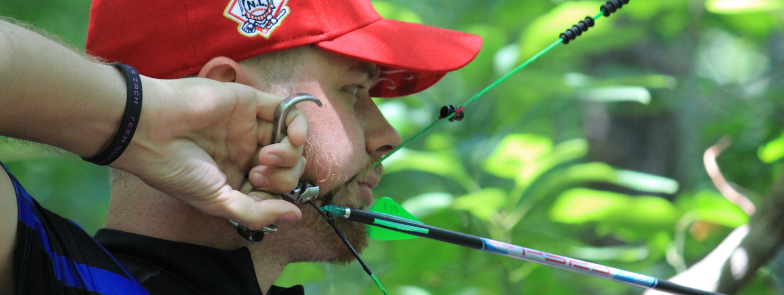
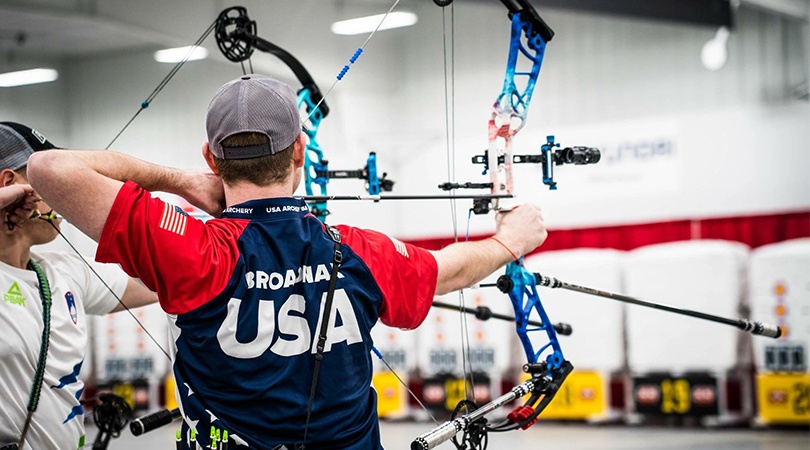
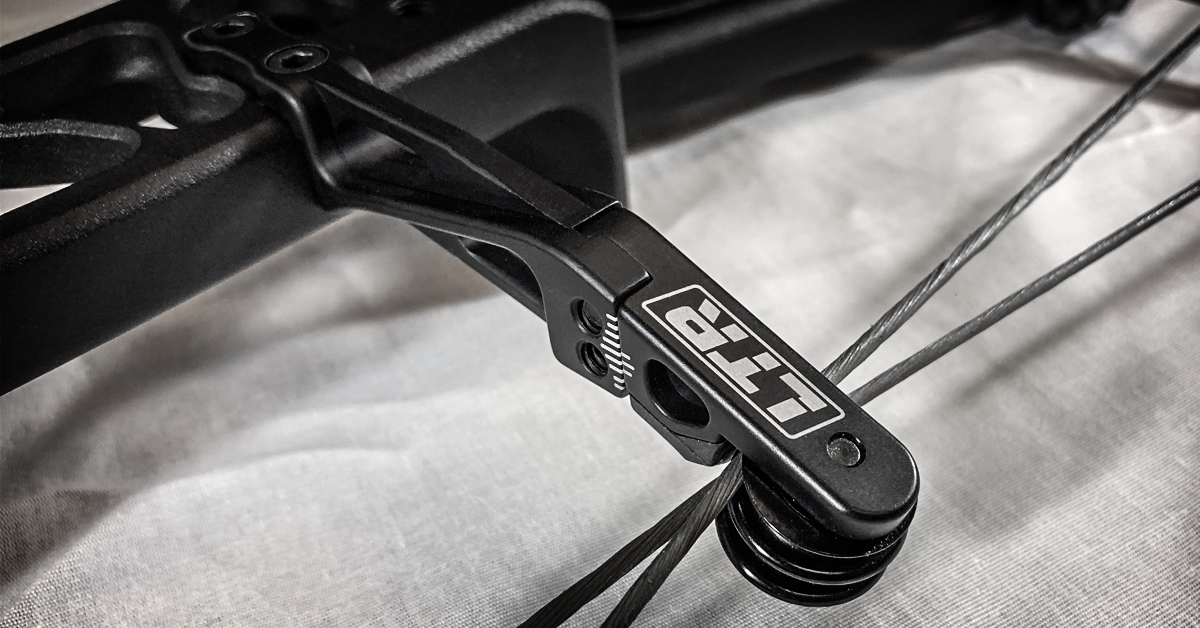

.png)
